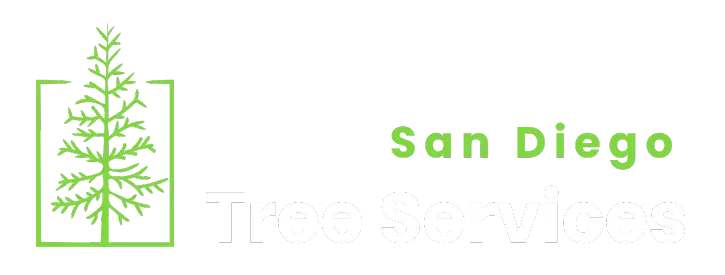Palm Tree Care Tips for San Diego Homeowners | Trimming & Maintenance Guide
Palm trees are a signature part of San Diego’s landscape. Whether they’re lining driveways, framing backyards, or adding a tropical vibe to patios, these trees bring beauty and elegance to any property.
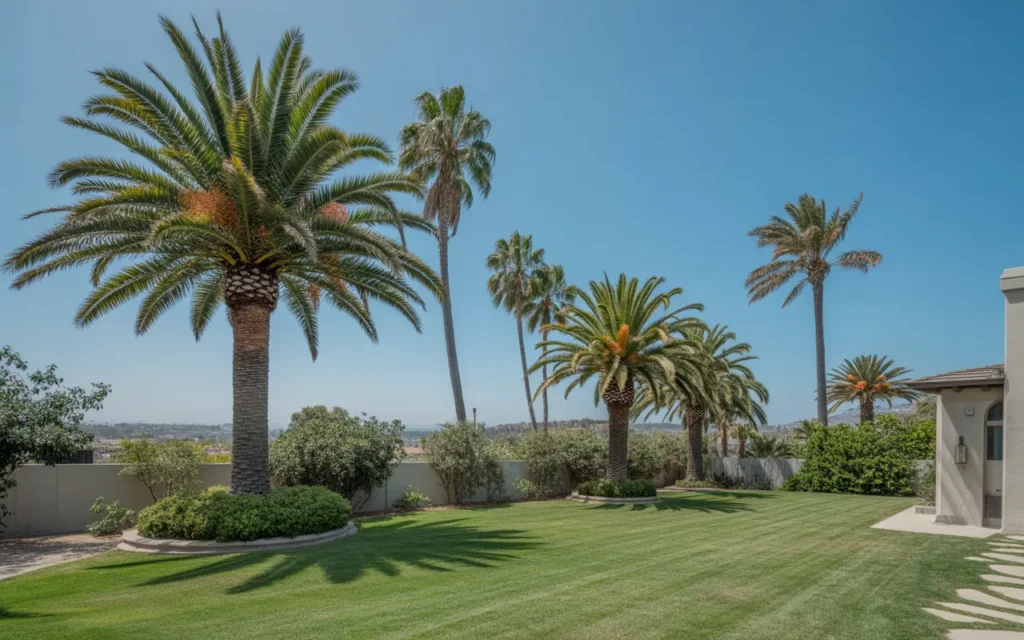
But while palms may look low-maintenance, they do require regular care to stay healthy and vibrant. Proper palm tree care in San Diego involves more than just occasional watering—it’s about understanding the region’s climate, knowing when to trim, and protecting trees from pests and disease.
If you’re a San Diego homeowner looking to keep your palms in top shape, this guide will walk you through everything you need to know.
Understanding Palm Tree Care in San Diego’s Climate
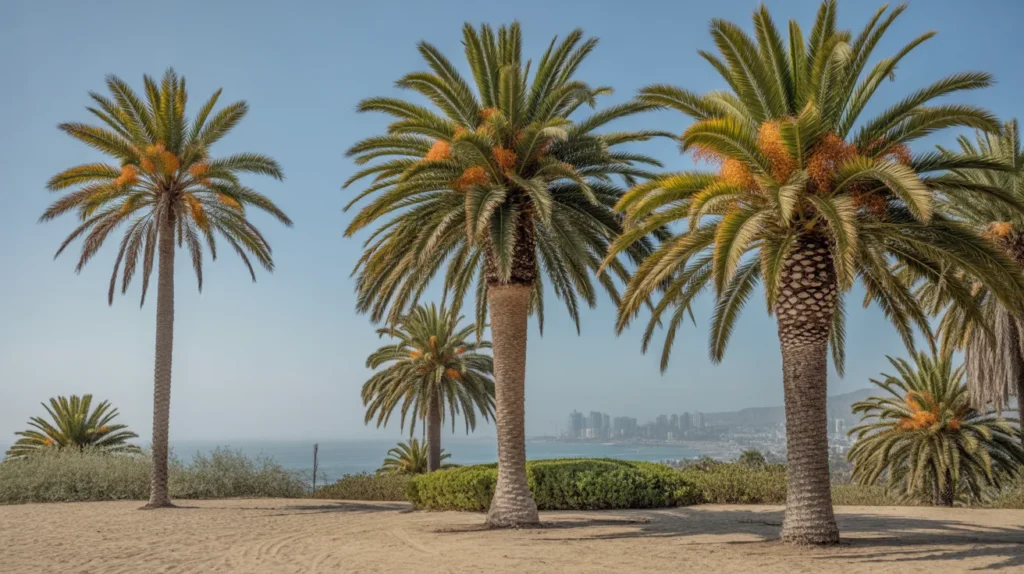
San Diego’s mild Mediterranean climate with warm summers and moderate winters makes it an ideal place for palms. However, the dry conditions, occasional heatwaves, and coastal winds can stress these trees if not cared for properly.
When planning palm tree maintenance in San Diego, consider:
- Soil type – Palms prefer well-draining soil. Sandy loam works best.
- Sunlight – Most palm species thrive in full sun, though some varieties do better in partial shade.
- Watering – While established palms are drought-tolerant, younger palms need deep watering to establish strong roots.
For a broader understanding of tree health in our region, you can also check out tree services in San Diego, where certified experts provide valuable insights on tree care.
Watering Your Palm Trees Correctly
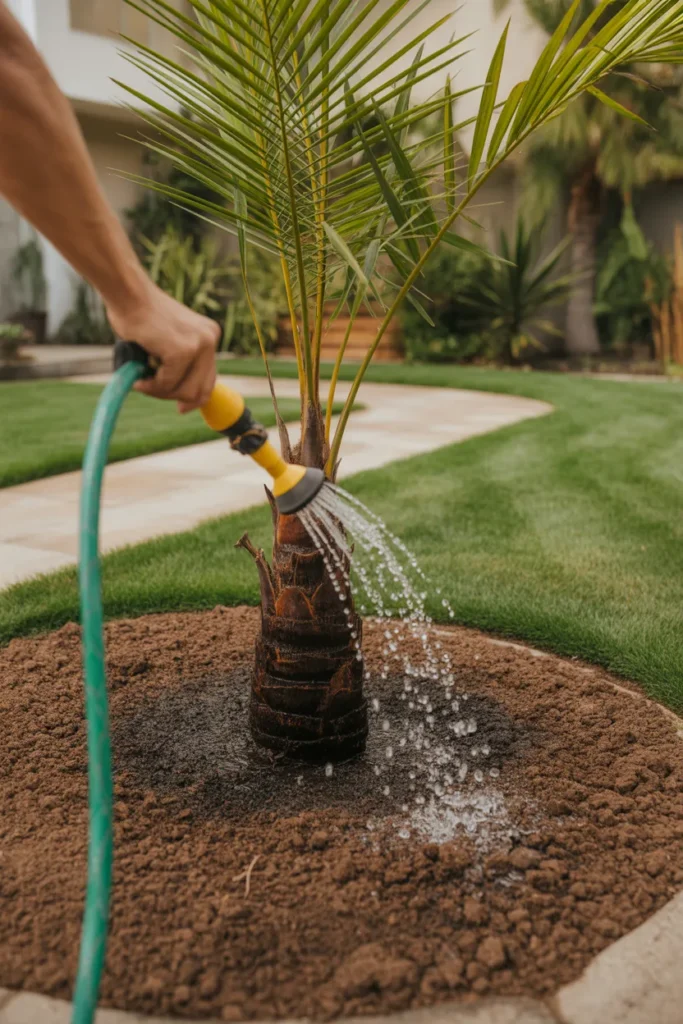
Water is one of the most crucial factors for palm health. Overwatering can lead to root rot, while underwatering may cause yellow or brown fronds.
- Newly planted palms: Water every 2–3 days for the first 3 months.
- Established palms: Water deeply once every 1–2 weeks, depending on the season.
- Hot summers: Increase frequency, especially if palms show signs of wilting.
A good rule of thumb is to water slowly so moisture reaches the deeper roots instead of just the surface.
Palm Trimming Tips San Diego Homeowners Should Know
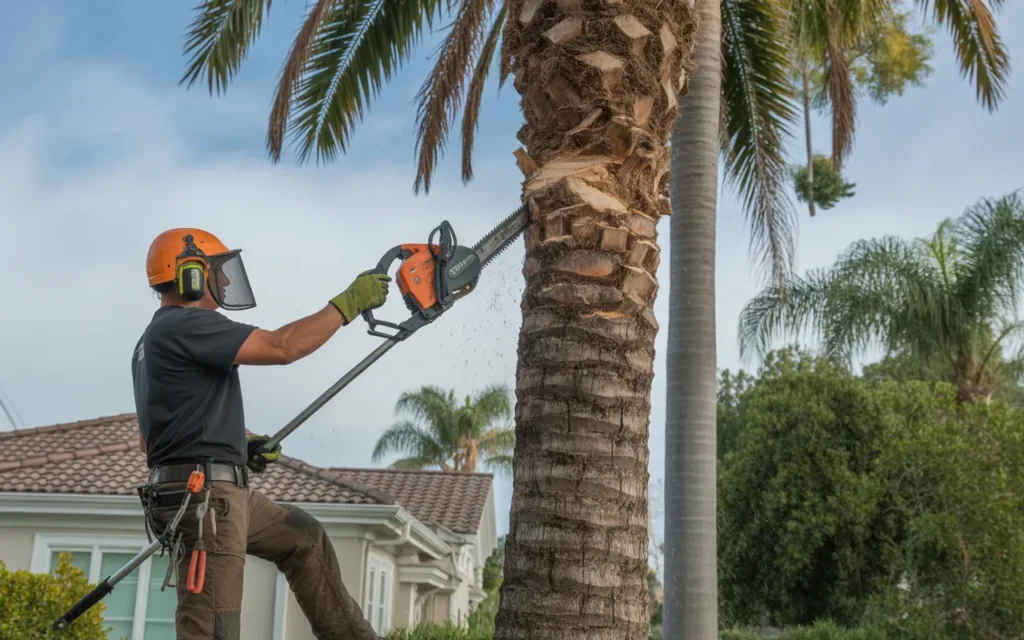
Palm trimming is more than a cosmetic choice—it’s essential for safety and tree health. Dead or broken fronds can become fire hazards, attract pests, or even fall and damage property.
Here are some palm trimming tips for San Diego homeowners:
- Trim only when needed – Cutting too often weakens the tree. A good schedule is once or twice a year.
- Remove dead fronds – Brown, dry, or broken fronds should go first.
- Don’t over-prune – Avoid cutting green fronds that still provide nutrients. Palms need a full crown for healthy growth.
- Use the right tools – Sharp, sanitized pruners or saws prevent unnecessary damage.
For more guidance on trimming beyond palms, take a look at our detailed resource on tree trimming in San Diego.
Fertilizing Palm Trees the Right Way
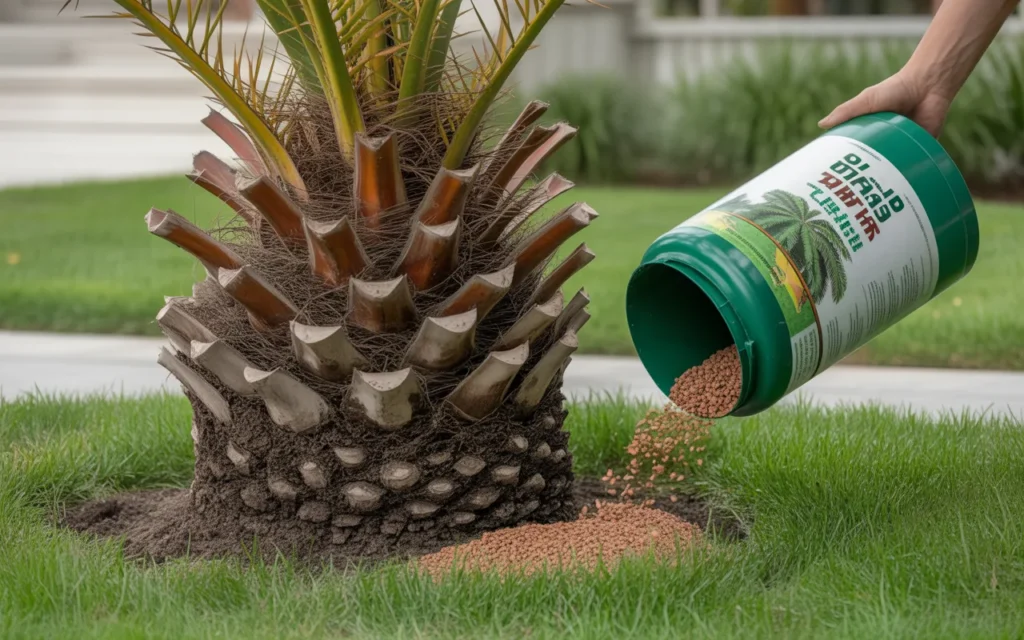
Palms are heavy feeders and often need supplemental nutrients to thrive in Southern California soil. A balanced slow-release fertilizer with potassium, magnesium, and manganese will keep fronds green and healthy.
- Apply 3–4 times a year (spring through fall).
- Spread fertilizer evenly around the drip line—not directly against the trunk.
- Watch for deficiencies – Yellowing leaves may signal potassium or magnesium shortages.
Common Palm Tree Pests and Diseases in San Diego
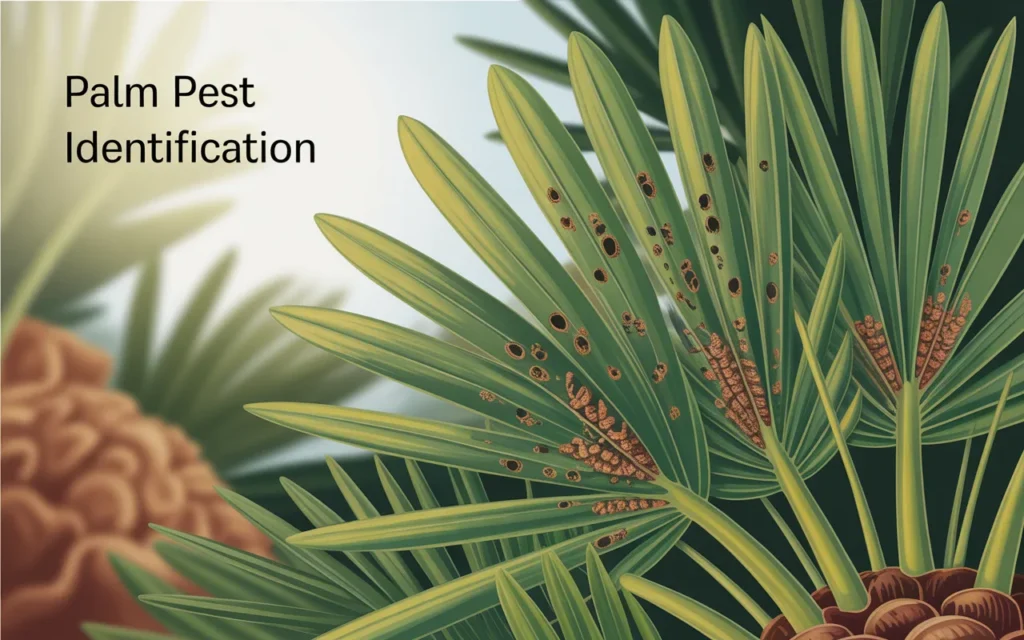
Unfortunately, palms are not immune to pests and diseases. Some common issues include:
- Palm weevils – These destructive pests bore into trunks and can kill entire trees.
- Scale insects – Sap-sucking pests that weaken palms and cause leaf discoloration.
- Fungal infections – Root rot and leaf spot are common in poorly drained soils.
If you notice unusual symptoms, consult professionals who specialize in pest control for trees in San Diego. Early intervention can save your palms.
Palm Tree Maintenance San Diego Homeowners Should Prioritize
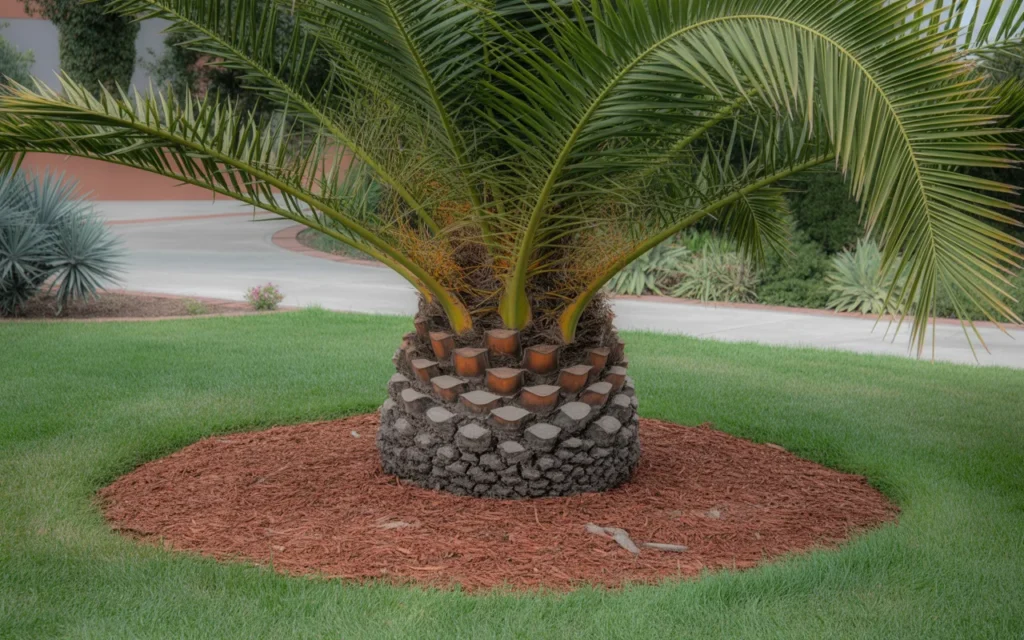
Routine care is the key to healthy palms. Beyond trimming and watering, consider:
- Mulching – Helps retain soil moisture and regulate temperature.
- Inspecting regularly – Look for frond discoloration, pests, or weak spots in the trunk.
- Professional check-ups – Scheduling annual inspections from a local arborist ensures your palms stay strong year-round.
And if a palm becomes too damaged, diseased, or hazardous to keep, you may need tree removal services in San Diego for safety.
When to Call Professionals
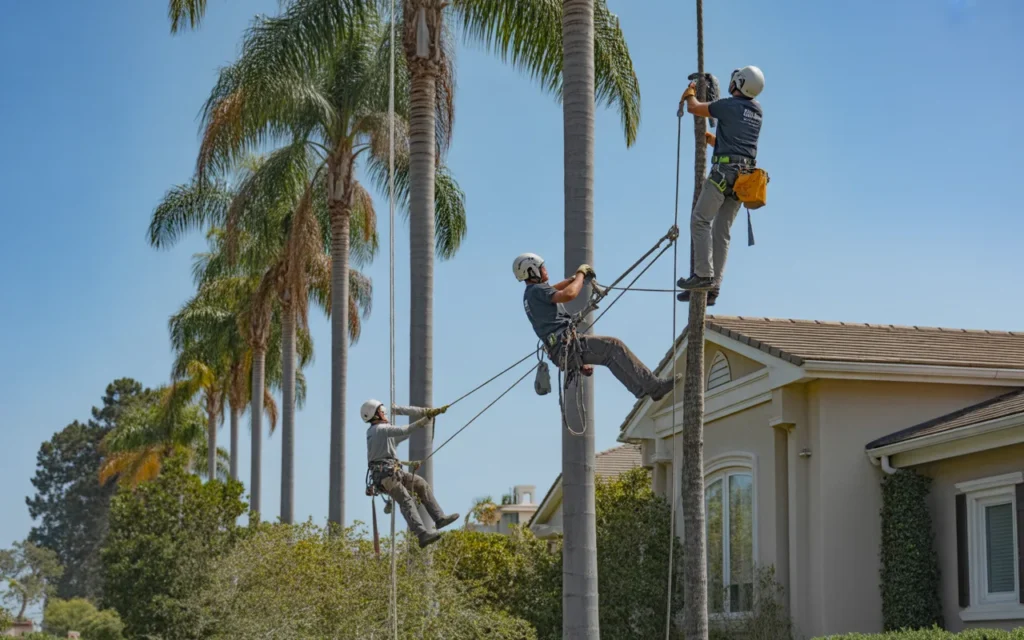
While homeowners can handle basic trimming and watering, certain situations call for expert help:
- Palms growing near power lines
- Very tall species requiring specialized equipment
- Trees showing severe disease or pest damage
- Emergency situations after storms or high winds
In urgent cases, relying on emergency tree services in San Diego ensures quick and safe solutions.
The Benefits of Proper Palm Tree Care
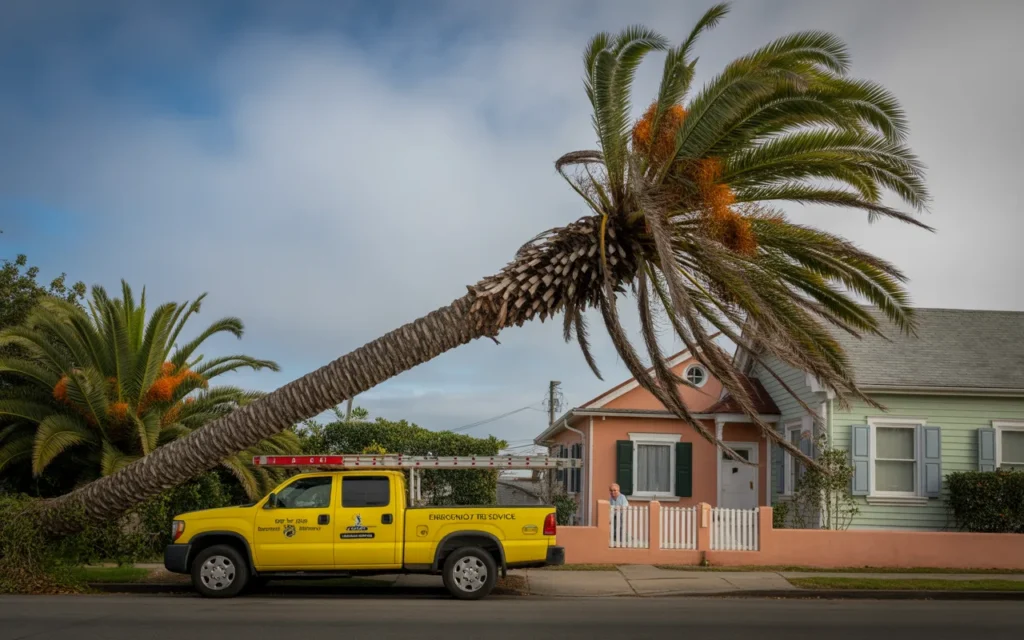
Investing time and effort into palm care has long-term rewards:
- Enhanced curb appeal – Healthy palms elevate property value.
- Safety – Regular maintenance prevents falling fronds and potential hazards.
- Longevity – Proper nutrition, watering, and trimming extend the lifespan of your palms.
And for homeowners looking to enhance overall landscaping, professional tree stump removal in San Diego can help clear space for new plantings or additional palms.
Final Thoughts
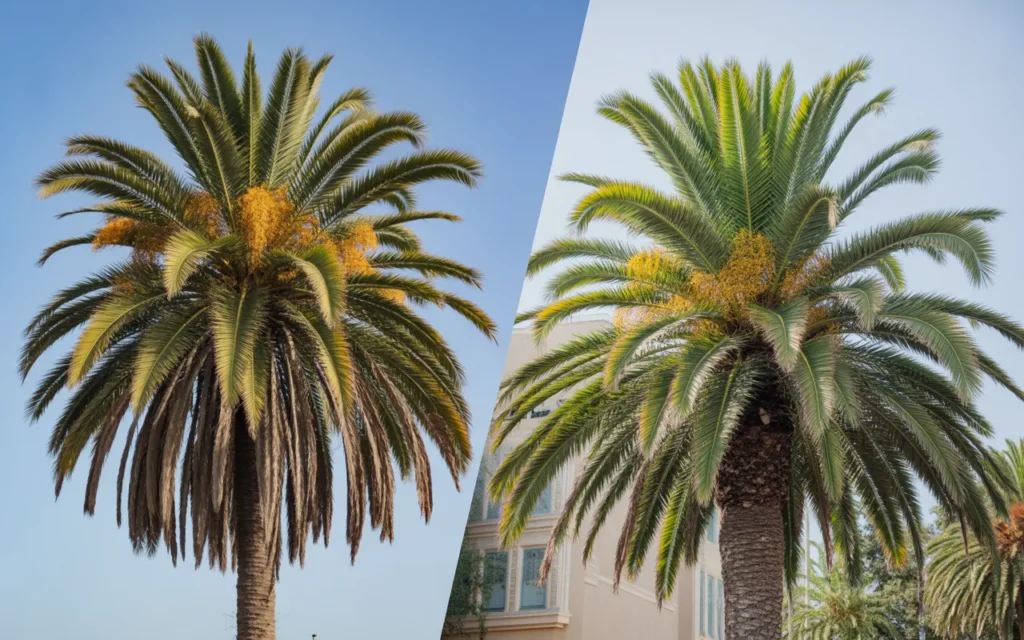
Palm trees are a treasured part of San Diego’s scenery, but they need thoughtful care to thrive. From proper watering and fertilization to trimming at the right time and protecting against pests, each step plays a role in keeping your palms strong and beautiful.
If you’re unsure about handling maintenance yourself, don’t hesitate to call experts who specialize in palm tree care San Diego services. With professional help and consistent attention, your palms will continue to add that iconic Southern California charm to your home for years to come.
FAQs
How do I keep my palm tree healthy?
Keep your palm tree healthy by watering deeply, using balanced fertilizer, trimming dead fronds once or twice a year, and regularly checking for pests or diseases that may damage the tree.
What not to do with a palm tree?
Don’t over-prune green fronds, avoid overwatering or letting water pool near roots, and never nail, tie, or damage the trunk. These actions can weaken the palm and shorten its lifespan.
How to take care of the palm?
Provide full sunlight, deep watering, and balanced fertilizer to your palm. Remove brown or broken fronds carefully and inspect regularly for pests. Proper care ensures healthy growth and a long-lasting palm tree.
How often should I water palm trees?
Newly planted palms need water every 2–3 days for the first few months. Mature palms usually need deep watering once every 1–2 weeks, depending on the weather and soil conditions.
Should I cut off brown palm leaves?
Yes, you should remove brown or dead palm leaves since they attract pests and reduce appearance. However, avoid cutting green fronds because they still provide essential nutrients for the tree’s growth.
What fertilizer for palm trees?
Use a slow-release fertilizer formulated for palms with potassium, magnesium, and manganese. These nutrients prevent yellowing, strengthen fronds, and keep your palm resistant to diseases, especially in sandy or nutrient-poor soils.
What is the best time to fertilize palm trees?
The best time to fertilize palms is during the growing season, from spring through fall. Applying fertilizer during these months helps the palm absorb nutrients effectively for stronger growth.
What food do palms like?
Palms thrive on nutrients like potassium, magnesium, manganese, and nitrogen. These essential elements support healthy green leaves, strong roots, and overall growth, helping the palm adapt to San Diego’s climate.
What does Epsom salt do for palm trees?
Epsom salt provides magnesium, which helps palm leaves stay green and prevents yellowing. When used properly with regular fertilizer, it improves palm health and supports better nutrient absorption in the soil.
